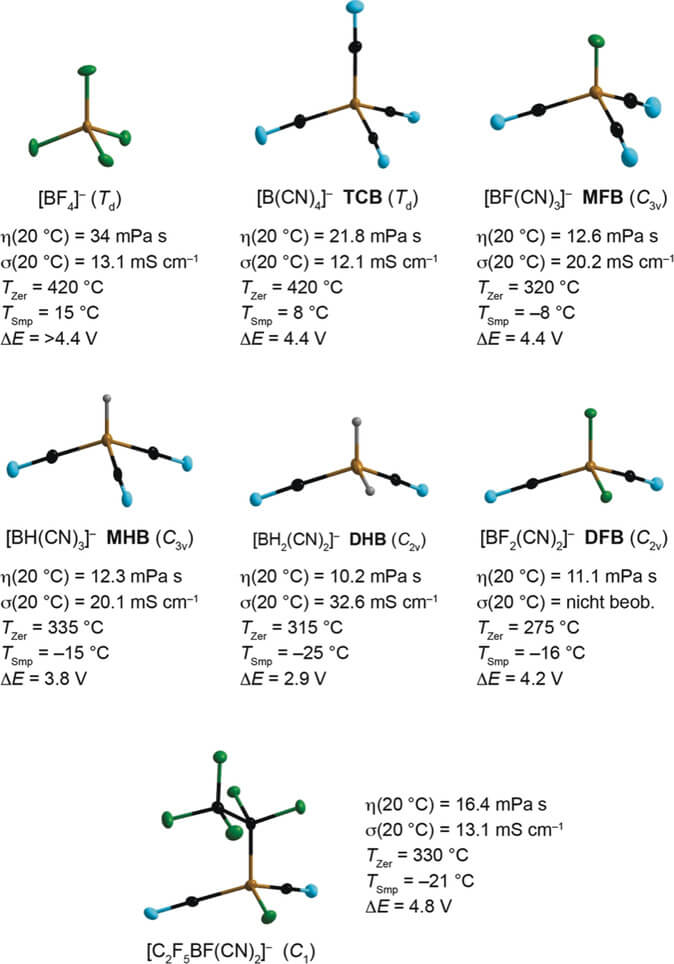
Therefore, it is crucial to review the current practices and regulations put on the drive to meet the expected goals and how the latest technological breakthroughs are playing a pivotal role in shifting towards more sustainable and eco-friendly infrastructure.
Recently, there has been an emphasis on both regulatory changes happening within different countries and global initiatives aimed at tackling some of these problems head-on, including what various stakeholders can do now for meeting future expectations by looking ahead with fresh ideas.
The need for decarbonizing the chemicals industry
Many companies struggle to understand the material impacts that becoming carbon-neutral will have on their valuations, operations, and markets over the next few years. It is because many people in this industry publically declared their intention to become carbon neutral by 2050. However, it is unclear how they plan to implement these changes during a time where so much remains unknown about what exactly needs changing and how to meet all these goals in a way that’s feasible and profitable for the company. The primary factors that are forcing companies to decarbonize in today’s day and age are –
- Community perception and customer demands
- Pressure from investors
- Adherence to new policies and government targets
- Cost optimization of current operations using unique technology
The chemical industry is heavily reliant on hydrocarbons which are used as a feedstock and source of energy. Such challenges make it difficult to decrease emissions because companies cannot reduce them quickly, but with advances in decarbonizing chemical production, the global impact could be profound.
Another important factor – other than global warming – is the overwhelming issue of plastic waste plaguing the entire world. As a result, the chemicals industry is under enormous social pressure to cut down on single-use plastics and improve waste disposal methods.
Companies all over the world are responding accordingly
The Chinese government is doing its part to reduce plastic pollution. For example, they have announced a plan that will ban single-use plastics in the country by 2022. The new law prohibits non-biodegradable bags and requires producers of other forms of single-use products to find alternatives or incur heavy fines and potential legal proceedings.
The chemical industry is responding to a greater or lesser degree worldwide with its commitment both to decarbonization and recycling resources like plastics into green fuel sources. For example, one major company within Europe – BASF Group – recently pledged $2 billion towards research over five years at an institute it established specifically for advancing methanol technology.
Companies are adopting new approaches to meet decarbonization goals
The first area of focus needs to be on emissions that the companies can theoretically control. Chemical companies are no strangers to carefully engineered, closed-loop systems that capture virtually every emission and by-product from producing dangerous gases such as chlorine or phosgene. Typically, the limiting factor in these instances is not technology but cost; however, unavoidable emissions – those emitted by customers & third-party suppliers – pose a more perplexing technical challenge for chemical companies.
A classic example is an ammonia plant: if you own one, then it’s your responsibility to find ways – through various technologies like scrubbers – to reduce all sorts of nitrogen oxide compounds into less harmful substances after they’re released during their course of business.
Here are specific measures companies are taking to decarbonize their processes –
Increasing energy efficiency required to produce electricity and several materials
The use of digital tools in the energy sector could improve how we manage our power resources. These advancements will help us to predict outages better, visualize fault lines and load swings, and efficiently allocate our limited supplies so that they last longer. The industry has always been good at managing its natural resource supply but may be able to do even more with predictive analytics powered by artificial intelligence (AI).
Utilizing sustainable waste or bio-based feedstocks to produce energy
Sustainable feedstocks are limited to a few applications because they compete with food, biofuels, and other uses. These sustainable resources are also hindered by physical limitations caused by soil erosion, water shortage, and land usage. Their resource efficiency leaves much to be desired as well- this makes them an unpopular choice in our world today, where we have so many competing needs fighting over finite resources.
We can see an example of how difficult it is to produce methanol by looking at what goes into building a single ton. For instance, eight tons of sugar are required, and the raw materials must travel long distances before being processed to make one ton of methanol.
Minimizing the production of virgin materials and single-use plastics
The production of virgin materials is a significant contributor to the greenhouse emissions that are causing climate change. If people stopped producing new plastics and recycled used ones instead, the problem would be significantly reduced with mechanical recycling or chemical recycling if possible. The only downside I see from this plan is an increase in pollution due to littering as there will not be any place for it all on landfills anymore, which can negatively affect human health through contact, like when we touch them without gloves or breathe near where they have been thrown out.
The recycling of materials can be pretty beneficial for the environment, and it is about time we began to take notice. Unlike other forms of waste, recyclable material typically does not cause any harm as long as they are disposed of properly. In addition, many things that would otherwise end up in landfills often find a new life through this process.
The science behind the decarbonization of the chemical industry
While the ways above and alternatives can curb 40% of carbon emissions. Companies can only reduce the significant part of carbon emissions with the availability of cost-friendly green fuels in abundance to meet the perpetual demands of the industry, which will lead to the reduction of carbon dioxide.
The process of decarbonization is one that we must explore and experiment with if there are any hopes for a sustainable future. It starts by reducing the amount of carbon dioxide in our atmosphere, but it doesn’t end there; rather than letting such emissions go to waste, plants can convert them into valuable chemicals.
The first step towards a more sustainable world involves lowering atmospheric CO2 levels via decommissioning old plants or shifting beyond the current carbon cycle. Decarbonization refers to reducing these emissions and not stopping at just this point because doing so would result in wasted potential otherwise lost, as too much CO2 enters our airways without usefully being channeled elsewhere.
The second step towards decarbonizing the chemical industry would involve avoiding carbon dioxide altogether, for example, by sourcing hydrogen exclusively from splitting water instead of through steam methane reforming and water gas shift reactions.
The two routes that have been outlined rely on transforming common feedstocks at the bottom of the free-energy landscape, such as carbon dioxide and water, into desirable commodity chemicals higher up in this same space through the input of renewable sources like solar power and wind.
Additionally, the need for green hydrogen is a particularly troublesome issue. It takes six to eight times as much energy to make it from water than natural gas or oil, and if the European chemical industry were run on this form of fuel alone, it would need all of Europe’s current power consumption.
How are scientists using Boron as an energy carrier to increase efficiency?
It is a known fact that a lot of energy produced is lost during transmission, especially when we talk about the energy being produced in the deserts of Europe. Boron – a versatile element – has been monumental in creating a more eco-friendly future with its wide range of uses in nearly every industry all over the world.
In recent studies, researchers found out that Boron can replace hydrogen because of its better energy-carrying capabilities, improving the overall efficiency of renewable energy plants worldwide. While its current applications are limited to solar energy, Boron and its compounds undergo extensive research and development to improve existing technology and come up with better alternatives.
Conclusion
As pressure mounts to change, the prospects of a low-carbon and circular economy are becoming more feasible. Governments are starting to see that enacting policies will only create political capital for them in their fight against climate action problems when they become increasingly urgent.
It becomes more apparent every day that we’ll soon have an opportunity to establish a new kind of economic system: one which supports our environment while also delivering growth on sustainable terms. But this isn’t yet talking about what needs to be done; instead, there’s an emerging consensus among regulators and businesses themselves – many realizing not only how good sustainability can be for enterprises but profitability too. So, for example, automobile companies have been perfecting hybrid electric vehicles in the last years after seeing the immense success of Tesla and how it has successfully commercialized electric cars as a lucrative option in the United States.






